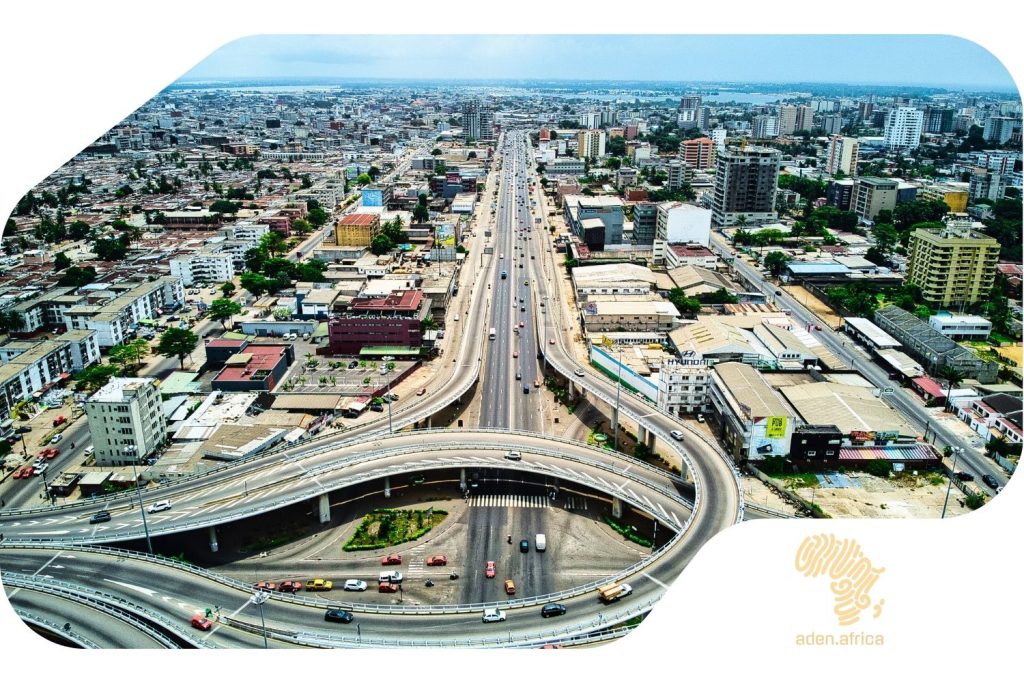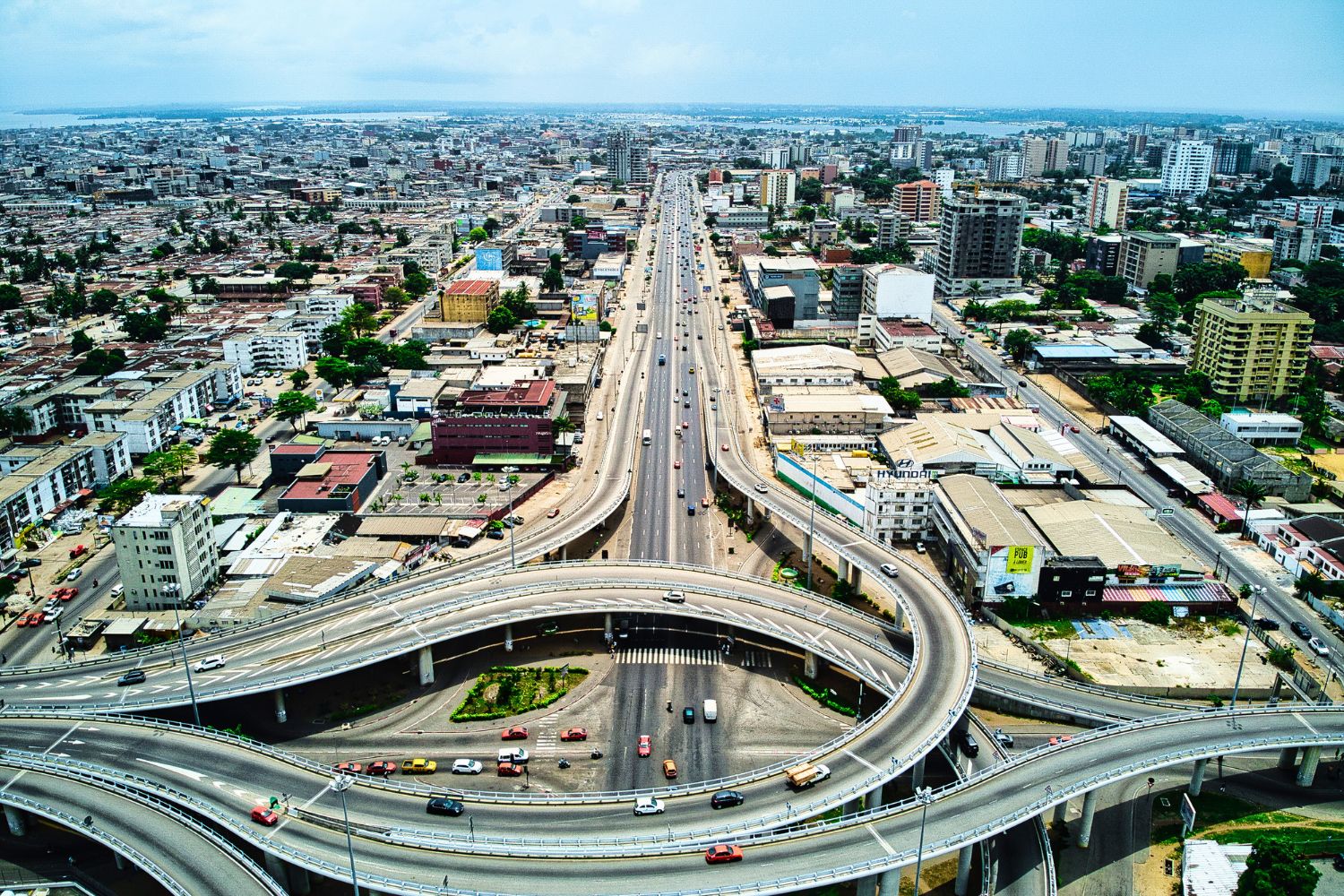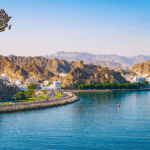
Beyond the Blueprint: Deconstructing the Investment Logic of an Economic Corridor]
In the landscape of project finance and infrastructure development, the term “economic corridor” has become a powerful signifier of ambitious, large-scale growth. These are not merely roads or railways; they are the economic arteries of a nation, designed to channel trade, stimulate industry, and connect productive hubs to global markets. For investors, however, the allure of a corridor lies not in its length or location, but in its fundamental design logic—a logic that, when executed correctly, creates a de-risked and highly attractive environment for capital.
From a project finance perspective, a corridor is a complex proposition. It requires massive upfront investment, long-term commitment, and a sophisticated understanding of both macro-level economic trends and micro-level operational risks. How, then, do the most successful corridors attract the necessary capital? The answer lies in a strategic pairing of two critical components: the ‘Anchor’ and the ‘Ecosystem’. Understanding this symbiotic relationship is the key to unlocking the investment potential of transformative infrastructure.
The ‘Anchor’ Project: The Unshakeable Foundation of Bankability
Every successful economic corridor is built around a foundational, bankable ‘Anchor’ project. This is the centerpiece of the corridor, the primary piece of infrastructure so critical and with such a clear revenue model that it can attract major institutional and private sector investment on its own merits.
Think of the anchor as the corridor’s center of gravity. It is typically a large-scale project that addresses a fundamental bottleneck in a region’s economy. Examples of powerful anchor projects include:
- A Deep-Water Port: A modern port capable of handling large container ships can fundamentally change a country’s trade dynamics, making it the primary gateway for an entire region. Its revenue streams are clear: docking fees, container fees, and customs.
- A Baseload Power Plant: A reliable, large-scale power source, such as a gas-fired or hydroelectric plant, is a non-negotiable prerequisite for industrialization. It provides predictable, long-term cash flows through power purchase agreements (PPAs) with national utilities and large industrial users.
- A Major Data Center Hub: In the digital age, data is the new oil. A Tier IV certified data center acts as the digital port for a nation, providing the core infrastructure for e-commerce, finance, and cloud computing, with revenue generated from co-location services and connectivity.
The key characteristic of an anchor project is its stand-alone viability. Its financial model must be robust enough to withstand rigorous due diligence. Lenders and investors look for predictable revenue streams, creditworthy offtakers (the entities that agree to buy the product or service, like a national utility buying power), and a solid regulatory framework. This anchor project is the first and most critical piece of the puzzle because it mitigates the primary risk for early-stage investors. It provides the initial justification for capital to flow into the region.
The Role of the Anchor in De-Risking the Corridor
From an investment standpoint, the anchor does more than just generate its own return; it creates a “halo effect” of confidence and predictability. By solving a major infrastructure deficit, it sends a powerful signal to the market that the region is open for business. It proves that large, complex projects can be successfully executed and managed, paving the way for further investment. It is the rock upon which the rest of the corridor is built.
The ‘Ecosystem’: Cultivating a Multiplier Effect for Long-Term Value
If the anchor is the foundation, the ‘Ecosystem’ is the thriving structure built upon it. The ecosystem comprises the network of secondary, and tertiary businesses and projects that emerge and flourish because the anchor project exists. This is where the true economic multiplier effect of a corridor is unleashed.
The presence of a reliable power plant, an efficient port, or a high-speed data network makes a host of other businesses suddenly viable. These ecosystem projects are often smaller in scale but greater in number, creating a diversified and resilient economic environment. This ecosystem can include:
- Logistics and Warehousing: An efficient port is useless without modern warehouses and logistics companies to move goods inland. These businesses emerge to service the new flow of trade enabled by the anchor.
- Manufacturing and Assembly Plants: With reliable power and easy access to import/export facilities, manufacturers are incentivized to set up plants along the corridor to produce goods for domestic consumption and international markets.
- Agricultural Processing Zones: Farmers in the hinterland can now get their produce to market more efficiently. This spurs investment in cold storage facilities and food processing plants, reducing post-harvest losses and adding value to agricultural products.
- Digital Services and Tech Startups: A data center anchor fosters an ecosystem of software developers, fintech companies, and e-commerce platforms that need reliable digital infrastructure to operate and scale.
Why the Ecosystem Matters to Investors
For project financiers, the ecosystem is a critical indicator of a corridor’s long-term health and sustainability. While they may not directly fund every small business, the potential for a thriving ecosystem is a key part of their analysis. Here’s why:
- Demand Generation: The businesses within the ecosystem become the customers for the anchor project. Manufacturing plants consume electricity from the power plant. Logistics firms pay fees to the port. This diversified demand strengthens the anchor’s revenue model.
- Risk Diversification: An economy based on a single project is fragile. A vibrant ecosystem with hundreds of businesses creates a more resilient economic base, reducing the overall sovereign and market risk of the region.
- New Investment Opportunities: As the corridor matures, the ecosystem itself presents a pipeline of new, bankable projects. The initial investors in the anchor often have the first look at these follow-on opportunities, from funding industrial parks to financing SME supply chains.
Conclusion: A Symbiotic Formula for Attracting Capital
The investment logic of a well-designed economic corridor is a powerful, two-part formula. It begins with an ‘Anchor’ project that is strong enough to be bankable in its own right, providing the initial de-risked entry point for capital. This anchor then serves as the catalyst for a dynamic ‘Ecosystem’ of businesses that create a sustainable, diversified, and growing economic environment.
This symbiotic relationship creates a virtuous cycle: the anchor enables the ecosystem, and the ecosystem strengthens the anchor. For investors, this integrated approach transforms a simple infrastructure project into a long-term, high-growth platform, ensuring that capital is not just spent, but strategically invested in the creation of a prosperous and self-sustaining economic future.







